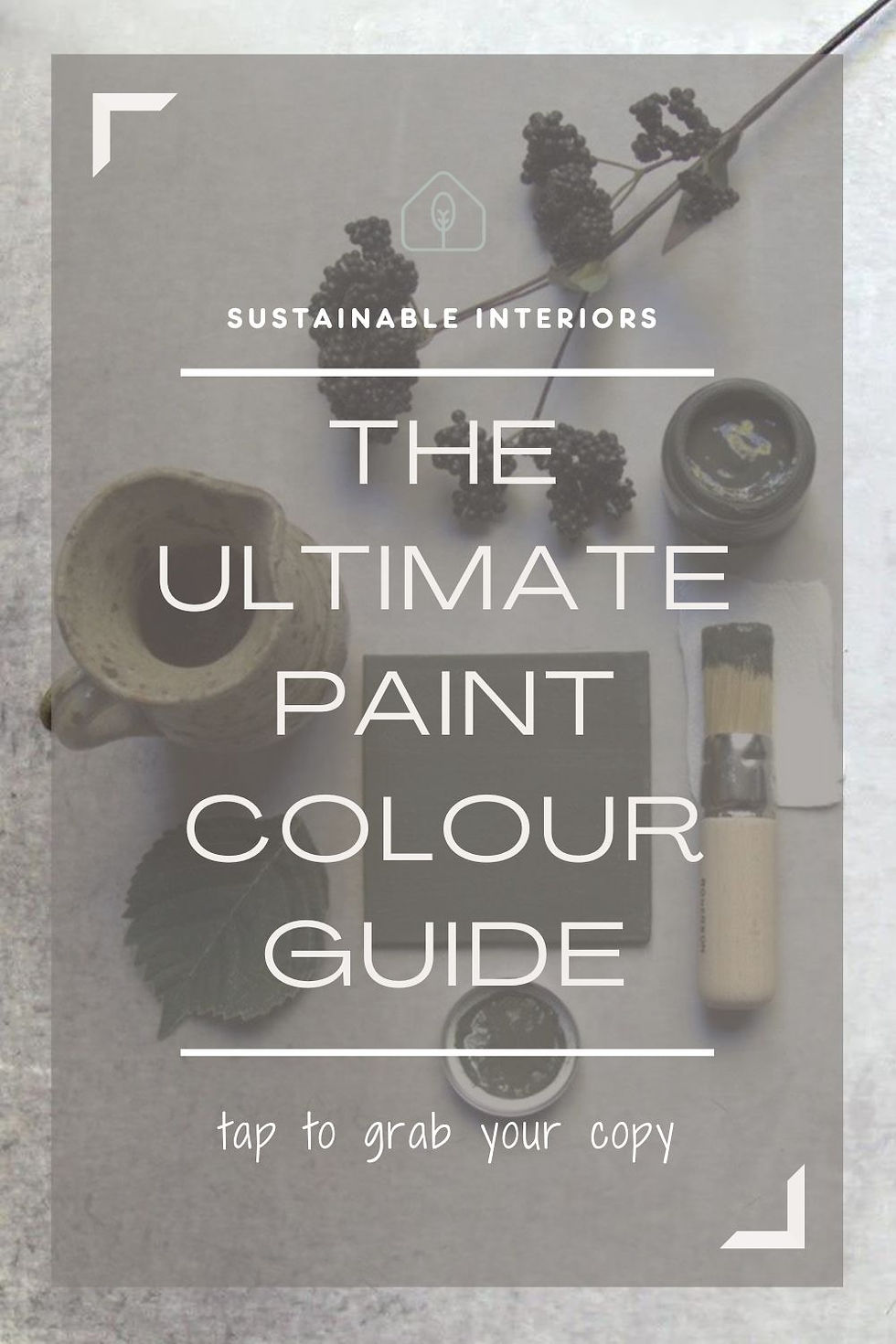Japandi Interiors & Beyond: The Rise of Warm Minimalism in Modern Homes
- Studio Jeandré

- May 14
- 3 min read
Updated: Jul 22
In recent years, warm minimalism has emerged as a beloved interior design trend, striking the perfect balance between simplicity and comfort. Unlike stark, cold minimalism, this style embraces a natural minimalist home vibe—think clean lines, neutral palettes, and organic textures that create a serene yet inviting space.
If you’re drawn to soft minimalism but still crave warmth and character, this guide will help you master the art of warm minimalism interior design. We’ll explore key elements, designer tips, and how to blend influences like Japandi interiors, Scandinavian minimalism, and wabi sabi living room principles for a home that feels both modern and timeless.
Warm Minimalism Design
What Is Warm Minimalism?
Warm minimalism is a design philosophy that combines the simplicity of modern minimalism with the cosiness of natural elements. It’s about paring back to the essentials while infusing warmth through textures, earthy tones, and handmade details. This style aligns perfectly with slow living—a lifestyle that values mindfulness, sustainability, and intentionality in design.
Key characteristics of a warm minimalist home include:
- Neutral, earthy colour palettes (soft whites, warm beiges, muted greens)
- Natural materials (wood, linen, stone, rattan)
- Thoughtful, functional decor (fewer but meaningful pieces)
- Soft lighting (warm bulbs, layered lighting, candles)
- Organic shapes (rounded furniture, handmade ceramics)
How to Achieve a Warm Minimalism Interior
1. Start with a Neutral Base
A minimal home aesthetic begins with a muted, calming foundation. Opt for warm whites, soft greys, or creamy beiges on walls and large furniture pieces. This creates a blank canvas that allows natural textures and subtle accents to shine.
Designer Tip: If you love Scandinavian minimalism, incorporate light wood tones and airy spaces. For a wabi sabi living room, embrace slight imperfections—think raw-edged tables or hand-thrown pottery.
2. Layer Natural Textures
Organic minimalism thrives on tactile surfaces. Introduce:
- Linen or cotton upholstery (sofas, curtains, bedding)
- Wooden furniture (oak, walnut, or teak for warmth)
- Stone or clay accents (vases, countertops, tiles)
- Woven elements (jute rugs, rattan baskets)
These materials add depth without clutter, keeping the space clean yet cosy minimalism-approved.
3. Embrace Soft, Curved Shapes
Sharp edges can feel cold, so incorporate rounded furniture and decor. A curved sofa, an oval coffee table, or a Japandi interiors-inspired arched floor lamp can soften the space beautifully.
4. Keep Decor Intentional
A warm minimalist home isn’t devoid of decor—it’s just more selective. Choose a few statement pieces:
- A large, framed artwork with earthy tones
- A handcrafted ceramic vase
- A chunky knit throw for the sofa
Less is more, but each item should bring joy or function.
5. Prioritise Warm Lighting
Harsh lighting kills the cosy minimalism vibe. Opt for:
- Dimmable warm-white bulbs (2700K-3000K)
- Floor lamps with fabric shades
- Candles or LED faux candles for evening ambiance
6. Incorporate Greenery
Plants breathe life into a natural minimalist home. Try low-maintenance options like olive trees, snake plants, or dried pampas grass for a slow living touch.
7. Blend Styles Thoughtfully
- Japandi interiors: Merge Japanese simplicity with Scandinavian functionality.
- Wabi sabi living room: Celebrate imperfection with weathered wood and handmade items.
- Scandinavian minimalism: Focus on light, airy spaces with hygge-inspired warmth.
Warm minimalism isn’t just a design trend—it’s a lifestyle. By focusing on quality over quantity, natural materials, and mindful decor, you can create a warm minimalism interior that feels both tranquil and inviting. Whether you lean towards Japandi interiors, organic minimalism, or Scandinavian minimalism, the key is balance.
Ready to transform your space? Start small: declutter, introduce warm textures, and let your home evolve into a sanctuary of cosy minimalism.
























































Comments